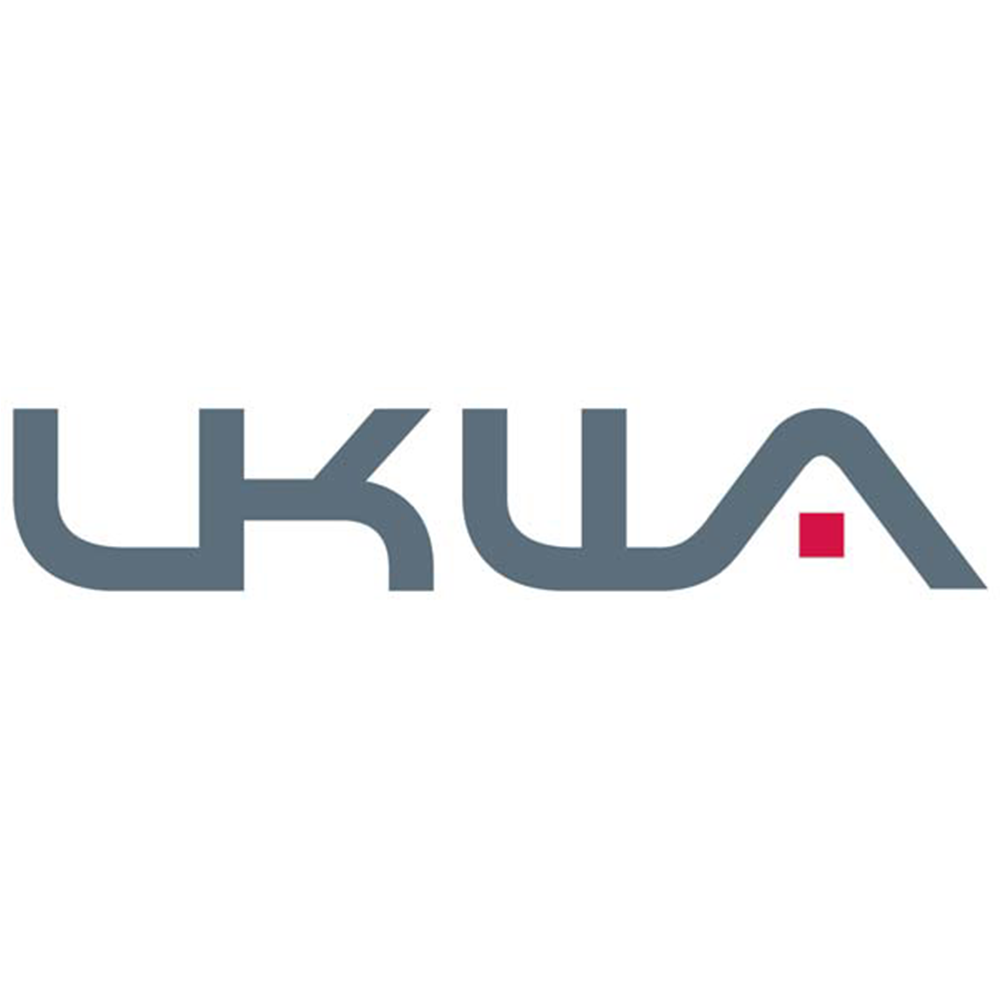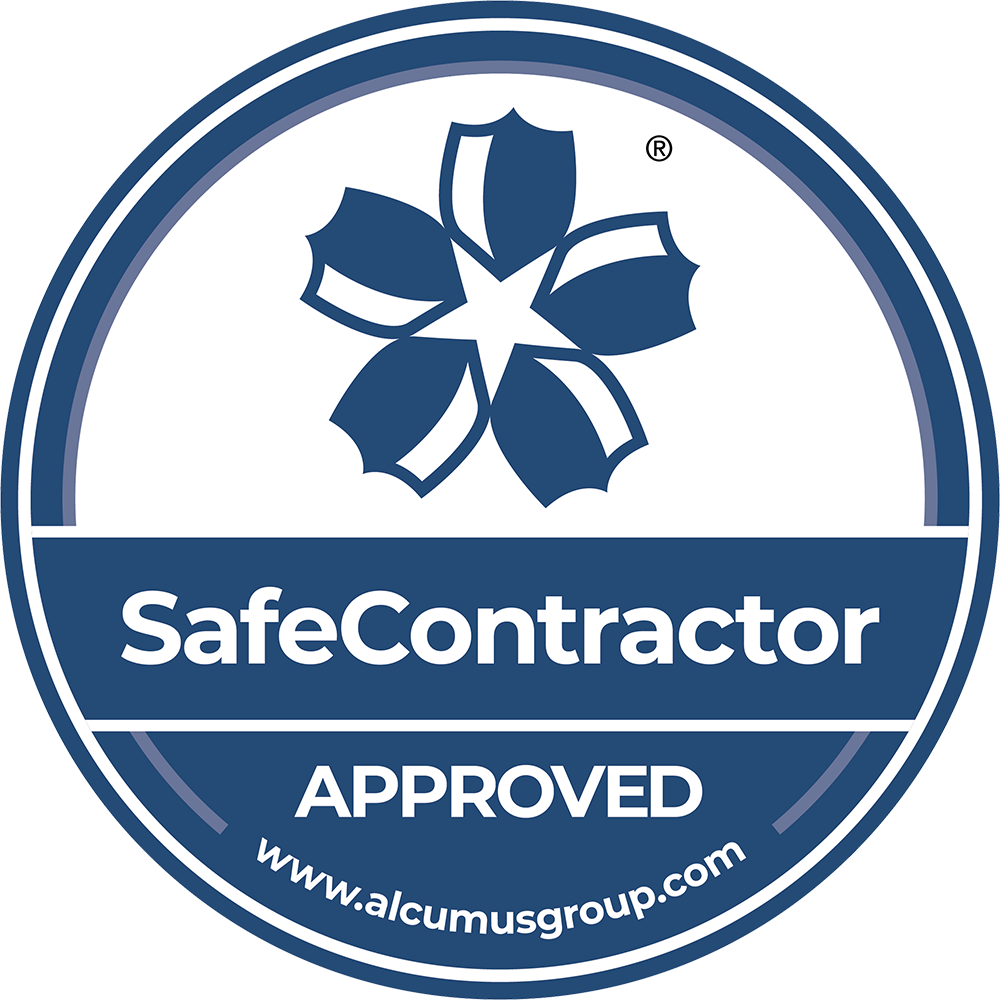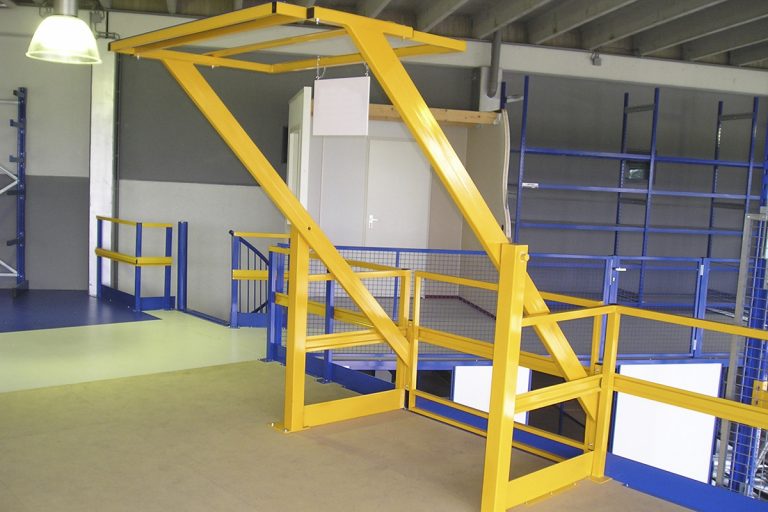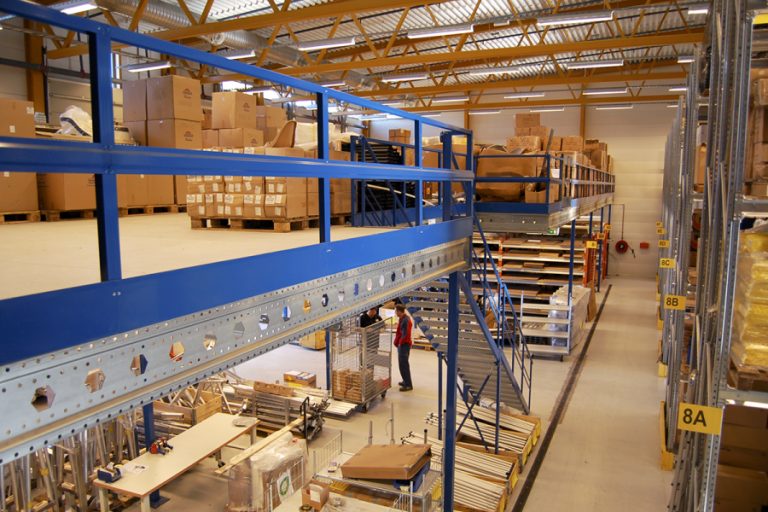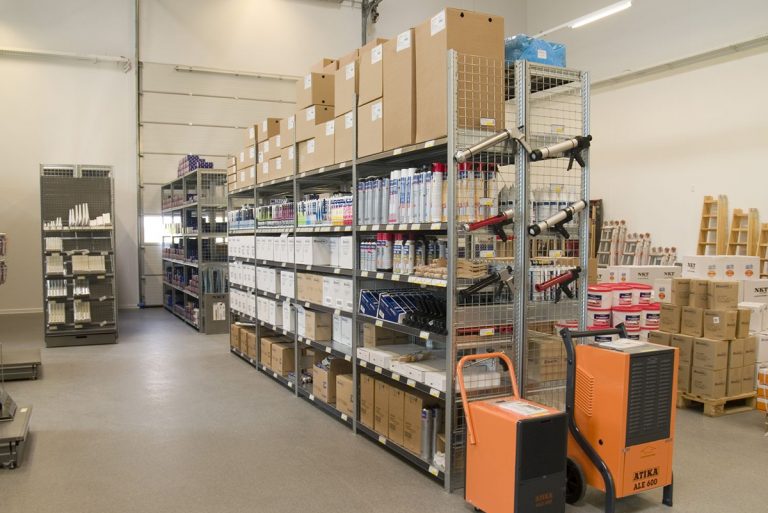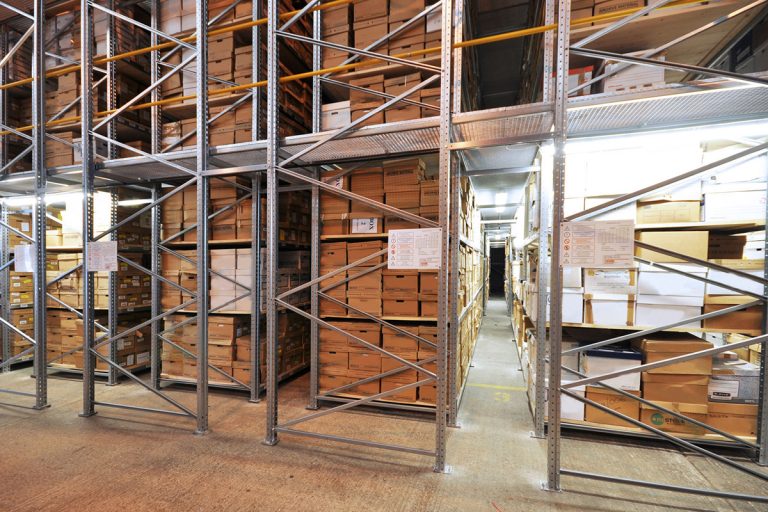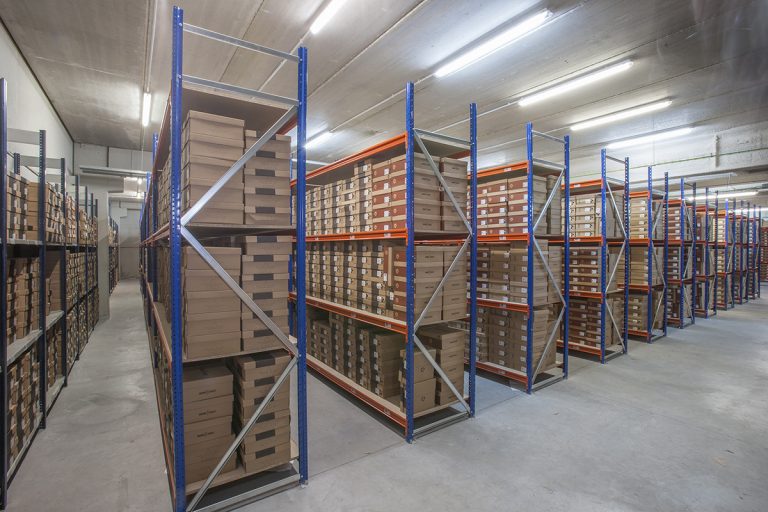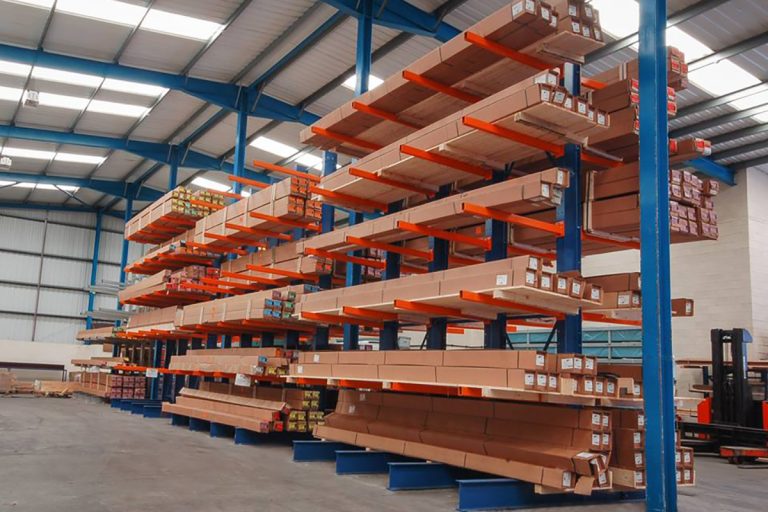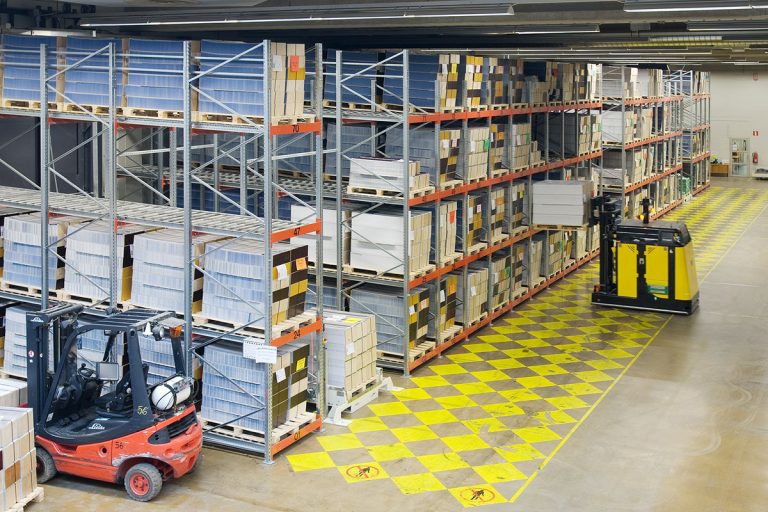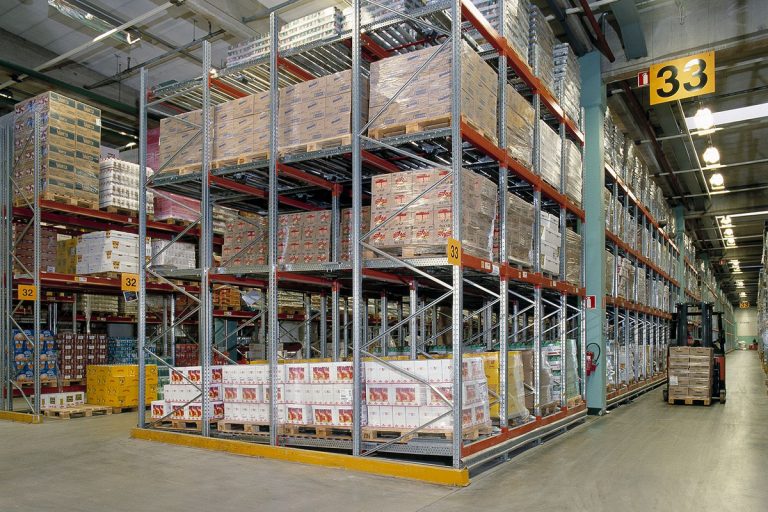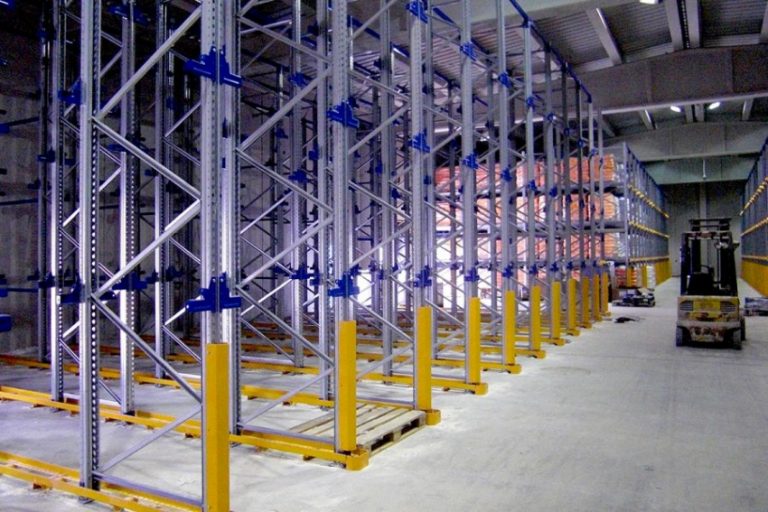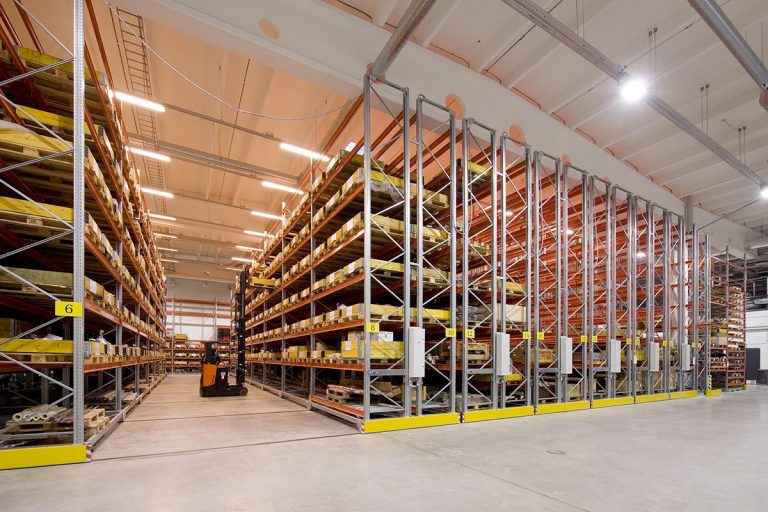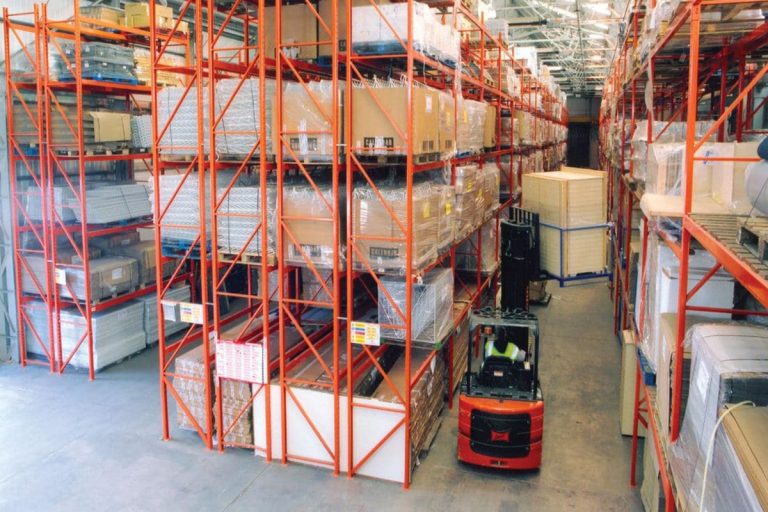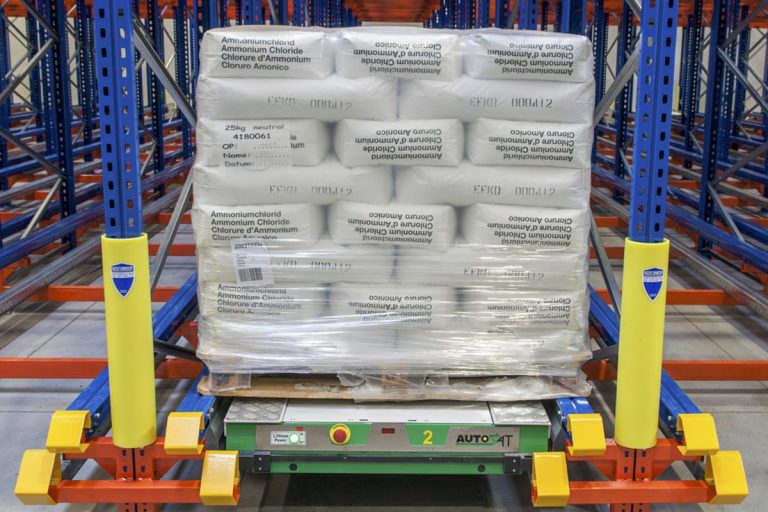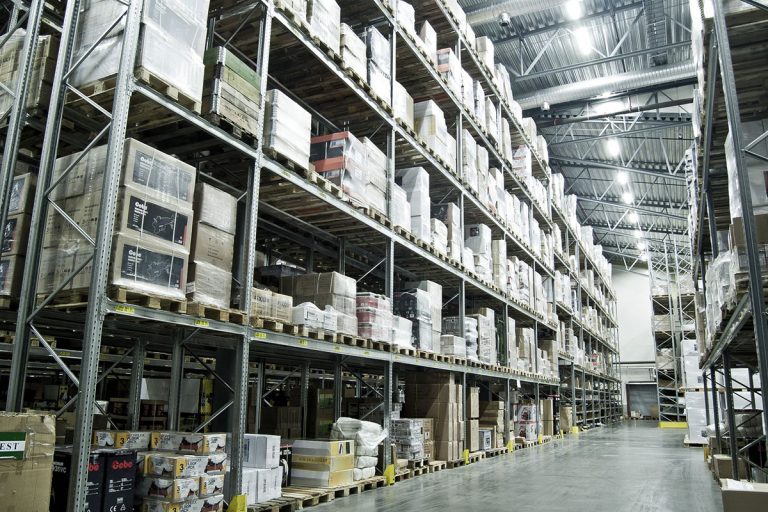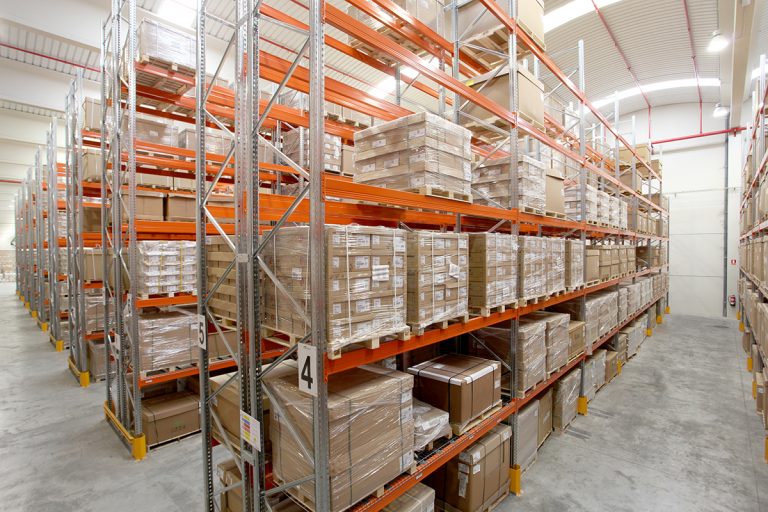Top 10 Racking Regulations Every Warehouse Owner and Manager Should Know
In any warehouse environment, safety is not optional. It is a legal obligation that protects employees, contractors and, ultimately, your business. A failure to meet safety obligations will lead to near misses, serious incidents or even fatalities. It may also expose your business to expensive legal action and regulatory scrutiny.
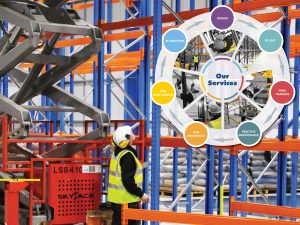
From pallet racking installation to daily warehouse operations, owners and site managers must ensure their facilities operate efficiently while remaining fully compliant with current UK legislation and best practices. Without proper compliance, businesses also risk serious injuries, financial penalties and long-term reputational harm.

At Rack Group, we help businesses create safe, efficient and legally compliant warehouse environments. As part of IWS Group, we deliver a fully integrated network of safety solutions, inspection programmes and training services. These are designed to reinforce best practice in line with HSE guidance, PUWER regulations and SEMA standards.
In this guide, we’ve outlined the 10 most important regulations warehouse operators should understand and implement. These rules are essential for ensuring racking safety, workplace compliance and long-term operational success.
Why Racking Safety Matters
Racking systems form the backbone of warehouse operations. They support the safe storage of goods, optimise space and enable efficient workflows. However, when racking is poorly maintained or incorrectly installed, it can pose serious safety risks. These risks include pallet collapses, falling stock, forklift collisions and even life-threatening injuries.
That is why racking safety is not just a legal requirement, it is a critical component of your warehouse’s operational integrity and overall workplace wellbeing. In many cases, incidents caused by racking failure can be avoided through regular inspection and proactive maintenance.
At Rack Group, we do more than install pallet racking. We provide:
- Routine racking inspections
- Preventative maintenance programmes
- PUWER and SEMA-aligned racking safety training to qualify staff as a PRRS (Person Responsible for Racking Safety).
Our services help warehouse teams identify damage early, reduce risk and remain fully compliant with UK regulations. Additionally, we collaborate with end users, contractors and site managers to ensure racking systems are correctly designed, safely installed and fit for purpose from the outset.
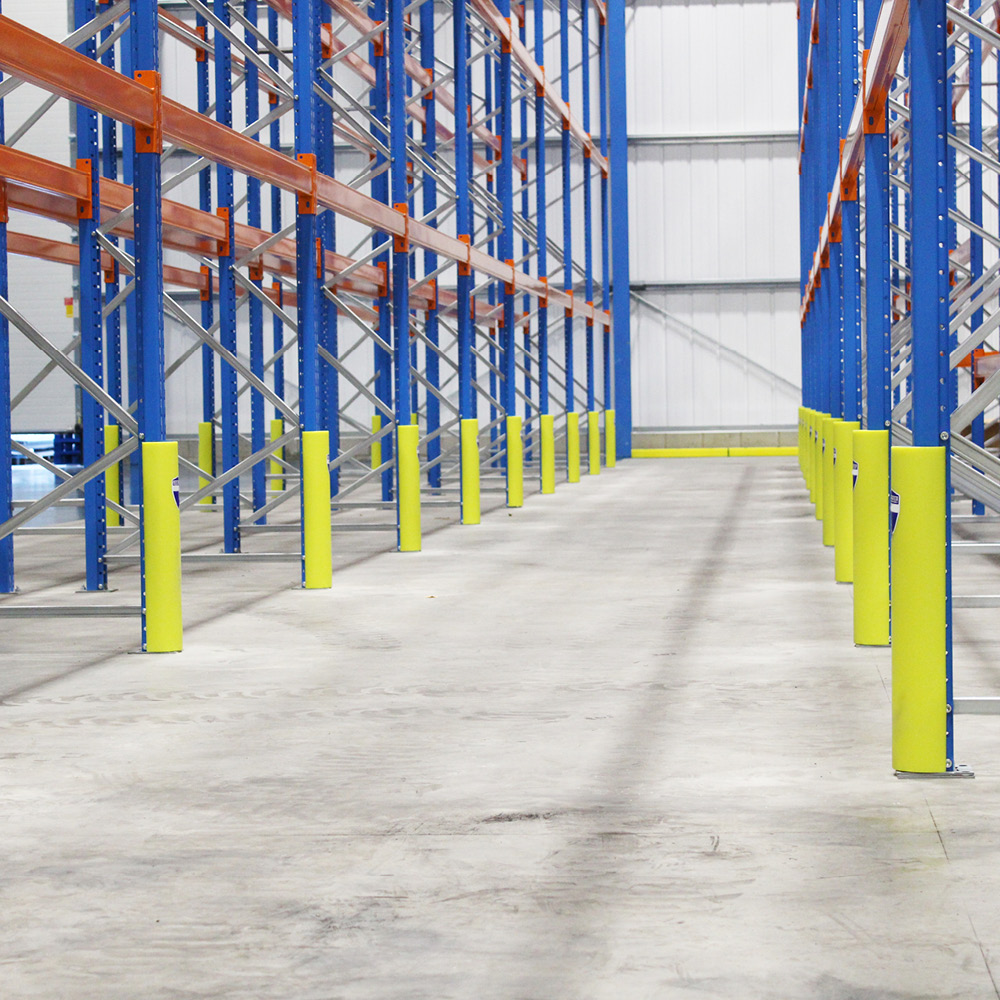
10 Key Regulations Warehouse Operators Must Know for Safe Racking Systems
Racking safety is more than just best practice. It is a legal requirement that protects your workforce and safeguards your operations. Every warehouse owner and manager must understand the key regulations that govern safe storage systems and workplace practices in the UK.
These rules come from both statutory legislation, such as the Health and Safety at Work Act, and industry-specific standards, including guidance from SEMA and the HSE. Following these frameworks helps prevent accidents, reduce operational risks, and avoid costly damage or downtime.
In this section, we highlight the 10 most important regulations and safety standards that directly affect racking systems. By understanding and applying each one, you can ensure your warehouse remains compliant, efficient, and safe for everyone on site.
1. Health and Safety at Work Act 1974
The Health and Safety at Work Act 1974 is the cornerstone of UK workplace safety legislation. It places a legal duty on employers to protect the health, safety and welfare of their employees, as well as anyone else who could be affected by their operations.
This Act forms the basis for all other health and safety regulations in the UK and applies directly to warehouse environments.
In the context of racking, this legislation requires warehouse operators to:
- Ensure all racking systems are structurally sound, properly maintained and never overloaded
- Provide adequate training for staff working around or with racking and materials handling equipment
- Implement safe working practices and take proactive measures to prevent accidents and injuries
By complying with this legislation, warehouse managers demonstrate a commitment to legal and moral responsibility. It also helps to create a safety-first culture that protects both people and property.
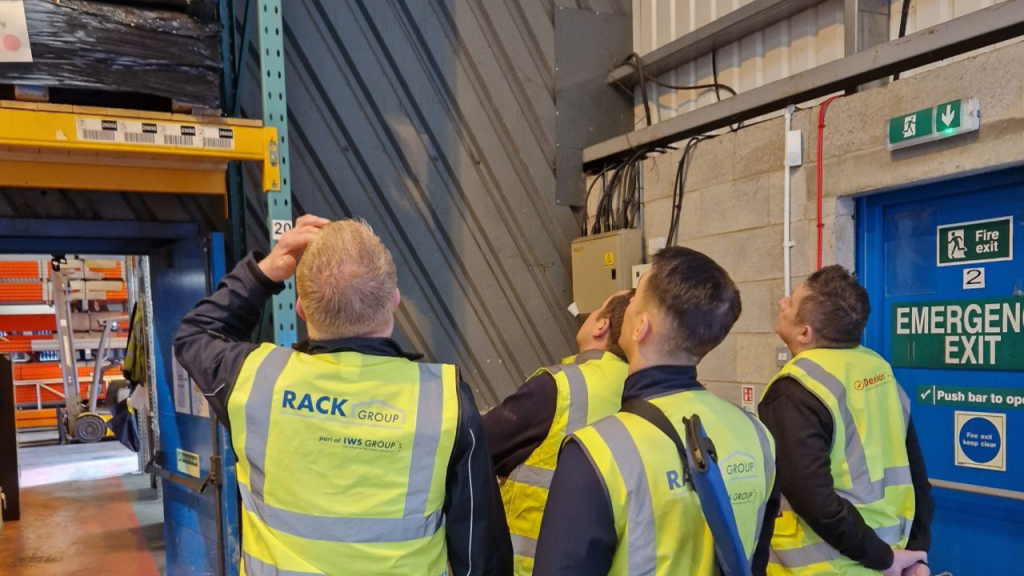

2. Workplace (Health, Safety and Welfare) Regulations 1992
The Workplace (Health, Safety and Welfare) Regulations 1992 set out the minimum standards required to create a safe and healthy working environment. These apply to all workplaces, including warehouses, and cover a wide range of safety considerations related to infrastructure and day-to-day operations.
In a warehouse setting, the regulations require:
- Clearly marked and unobstructed access routes to enable safe movement of personnel and vehicles
- Safe and even floor conditions, free from hazards such as spills or damaged surfaces
- Adequate lighting to ensure visibility across all racking and storage areas
- Sufficient space for the safe installation of racking and the safe operation of material handling equipment
In addition, physical racking protection, such as bollards, barriers and impact guards, plays a key role in helping businesses meet these safety standards. These measures reduce the risk of damage to structural racking and improve overall site safety.
By complying with these regulations, warehouse operators help reduce the risk of accidents and demonstrate a proactive commitment to worker welfare.
3. Manual Handling Operations Regulations 1992
The Manual Handling Operations Regulations 1992 aim to reduce the risk of injury caused by lifting, carrying, pushing or pulling heavy loads. These regulations are particularly relevant in warehouses, where manual handling is a routine part of operations.
For racking environments, employers must:
- Avoid manual handling tasks wherever reasonably practicable, especially when mechanical alternatives are available
- Conduct detailed risk assessments to identify potential hazards linked to manual handling activities
- Design racking and shelving systems at ergonomically appropriate heights to reduce strain on workers
In addition, businesses should use mechanical handling aids such as pallet trucks, trolleys or hoists to move heavy goods safely. Operatives must also receive comprehensive training in correct lifting techniques and posture to help prevent musculoskeletal injuries.
By following this legislation, warehouse managers can significantly reduce the risk of injury and improve overall efficiency across manual handling tasks.
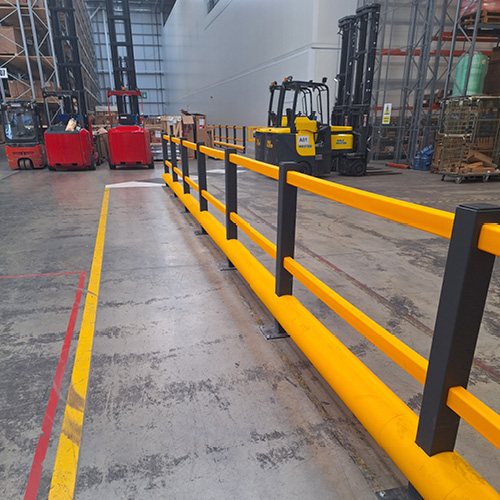
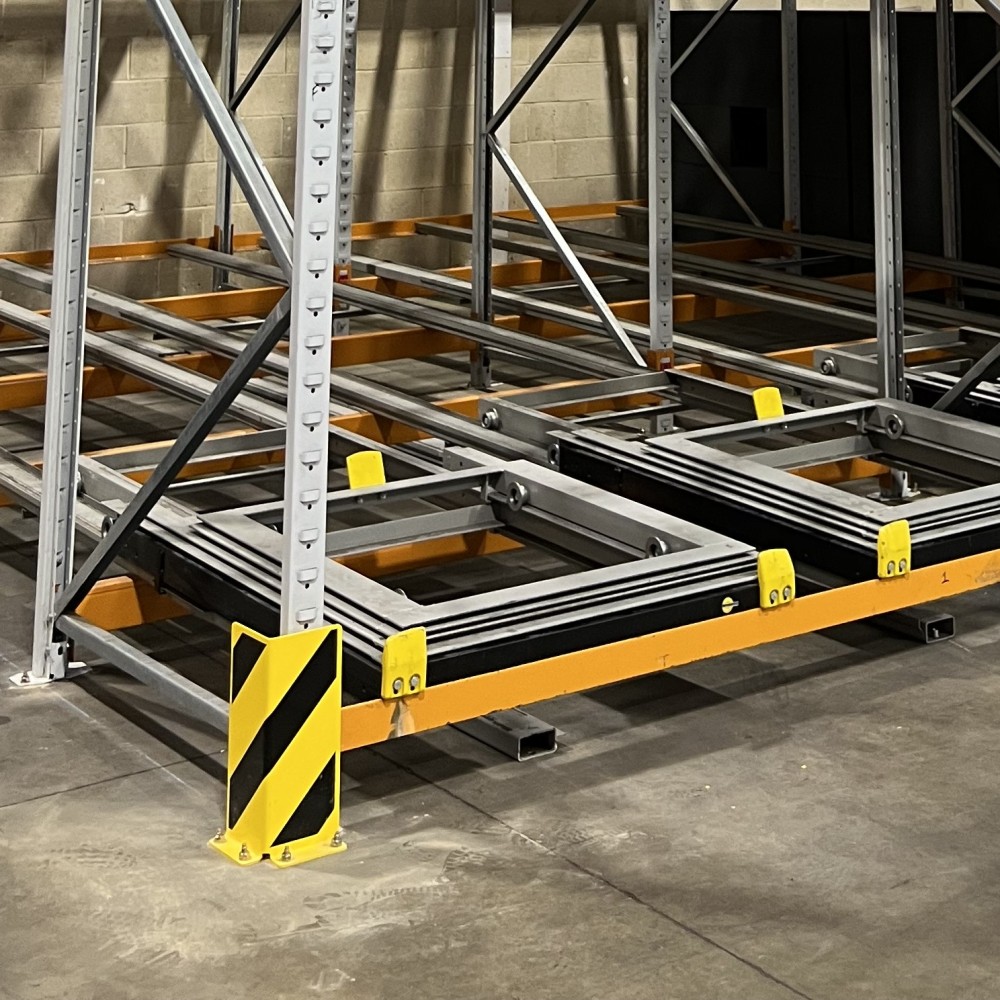
4. Lifting Operations and Lifting Equipment Regulations 1998 (LOLER)
The Lifting Operations and Lifting Equipment Regulations 1998, commonly known as LOLER, regulate the safe use of lifting equipment in the workplace. These rules apply to a wide range of machinery used in warehouses, including forklifts, pallet stackers, cranes and hoists.
Employers are legally required to ensure that:
- Lifting equipment is suitable, safe and fit for its intended purpose
- All equipment is regularly maintained, thoroughly examined and clearly labelled with its Safe Working Load (SWL)
- Lifting operations are properly planned, supervised and carried out by trained, competent personnel
These steps are especially important during the loading and unloading of pallet racking systems, where improper lifting can lead to serious damage or injury.
By complying with LOLER, warehouse operators help protect their workforce and ensure that all lifting activities are carried out safely and efficiently.
5. Provision and Use of Work Equipment Regulations 1998 (PUWER)
The Provision and Use of Work Equipment Regulations 1998 (PUWER) apply to all equipment used in the workplace, including warehouse racking systems. This legislation ensures that work equipment is safe to use, properly maintained and suitable for its intended purpose.
Under PUWER, employers must ensure that:
- Racking systems are suitable for their specific use and are installed according to manufacturer guidelines or recognised industry standards
- Regular inspections and maintenance are carried out to identify and address wear, damage or deterioration
- Only trained and authorised personnel are allowed to use or work around the equipment, including forklifts and other handling tools interacting with racking
It is essential to treat racking as work equipment, not just as passive storage. This mindset supports compliance with PUWER and helps reduce the risk of structural failure or workplace injury.
By following PUWER, warehouse operators protect their staff and demonstrate a clear commitment to workplace safety.
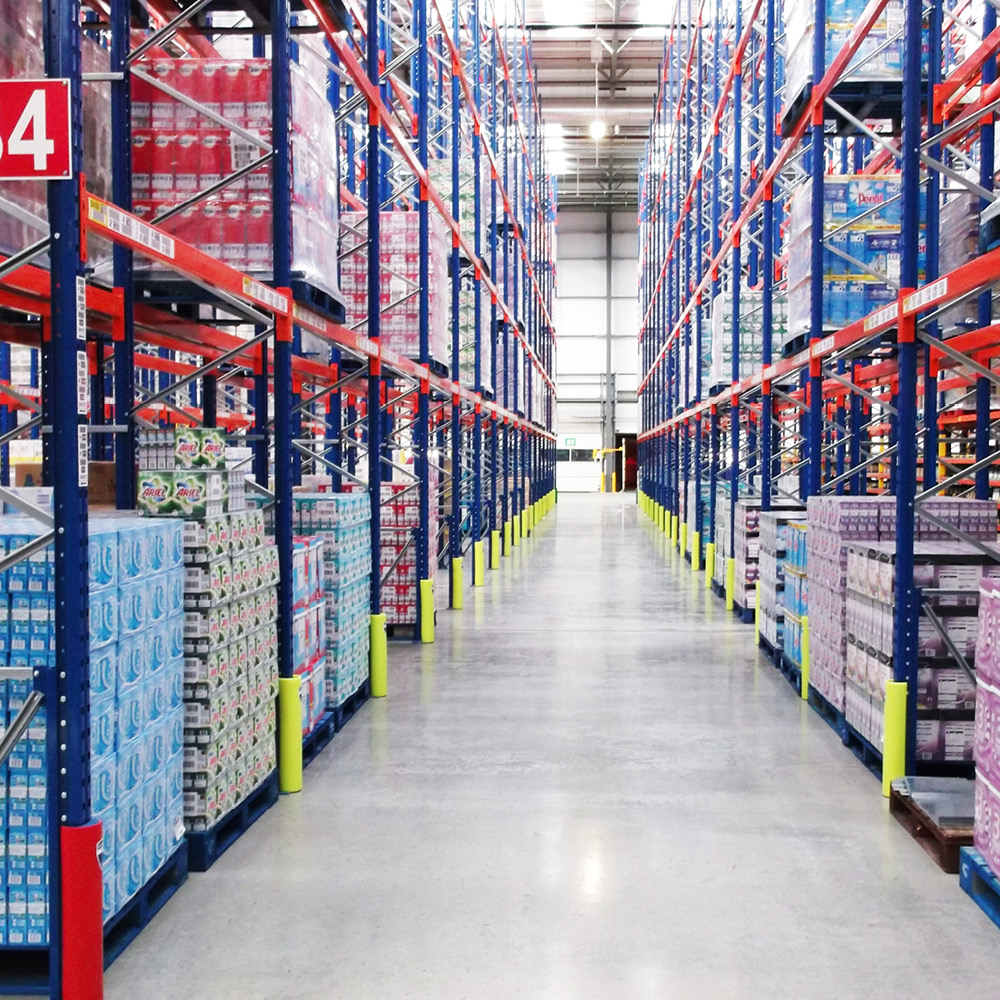
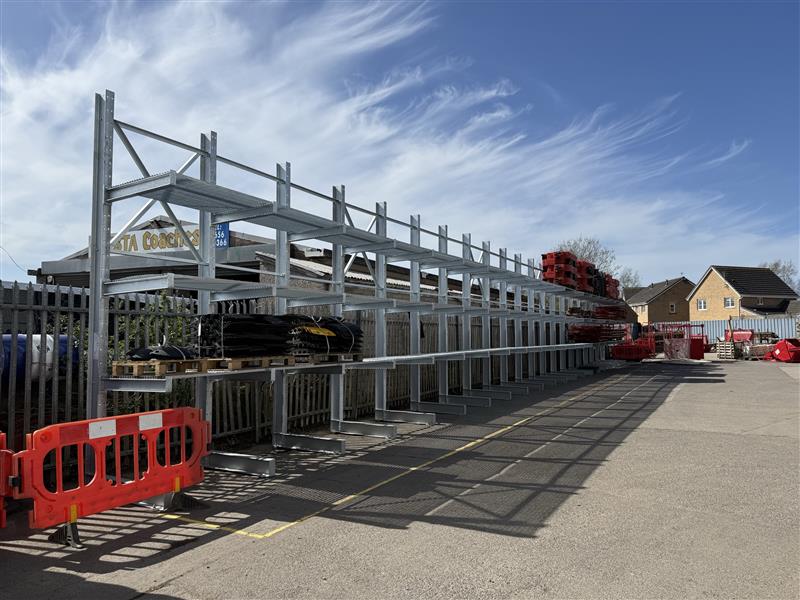
6. Management of Health and Safety at Work Regulations 1999
The Management of Health and Safety at Work Regulations 1999 require employers to take a proactive and systematic approach to managing risks across the workplace. These regulations build upon the core duties established in the Health and Safety at Work Act and focus on risk prevention, planning and supervision.
In warehouse environments, operators must:
- Carry out regular risk assessments, including specific assessments for racking layout, usage and surrounding activity
- Implement appropriate preventative measures, such as barriers, signage and traffic management systems
- Ensure all employees receive proper training and are supervised during safety-critical tasks
One of the most important elements of compliance is having a formal racking damage reporting system in place. This ensures that any issues are identified early, recorded accurately and addressed quickly before they lead to more serious hazards.
By managing risks proactively, warehouse operators reduce incidents, improve safety and support a compliant working environment.
7. Work at Height Regulations 2005
The Work at Height Regulations 2005 apply to any task carried out above ground level, including common warehouse activities such as installing racking beams, accessing high storage areas or using ladders and order pickers.
Warehouse employers must:
- Avoid working at height wherever possible, by redesigning tasks or using ground-level alternatives
- Provide the correct fall protection equipment, such as harnesses, guardrails or safety cages
- Ensure all workers receive appropriate training and supervision when carrying out tasks at height
Even short-duration tasks, such as retrieving stock from upper levels, must be properly assessed, planned and executed using safe access methods.
By following these regulations, employers reduce the risk of serious injury and help create a safer working environment for everyone involved in warehouse operations.
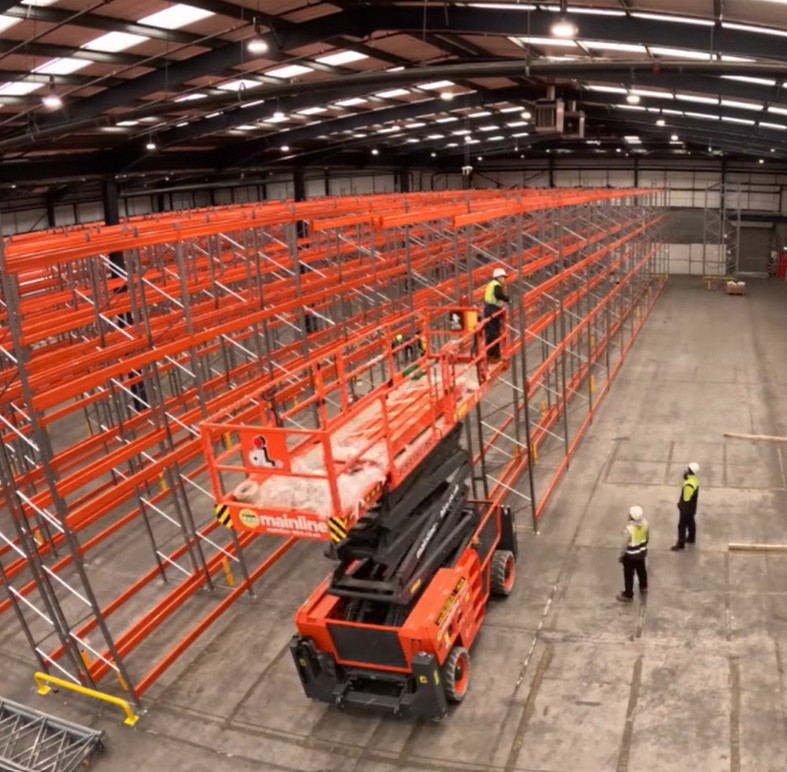
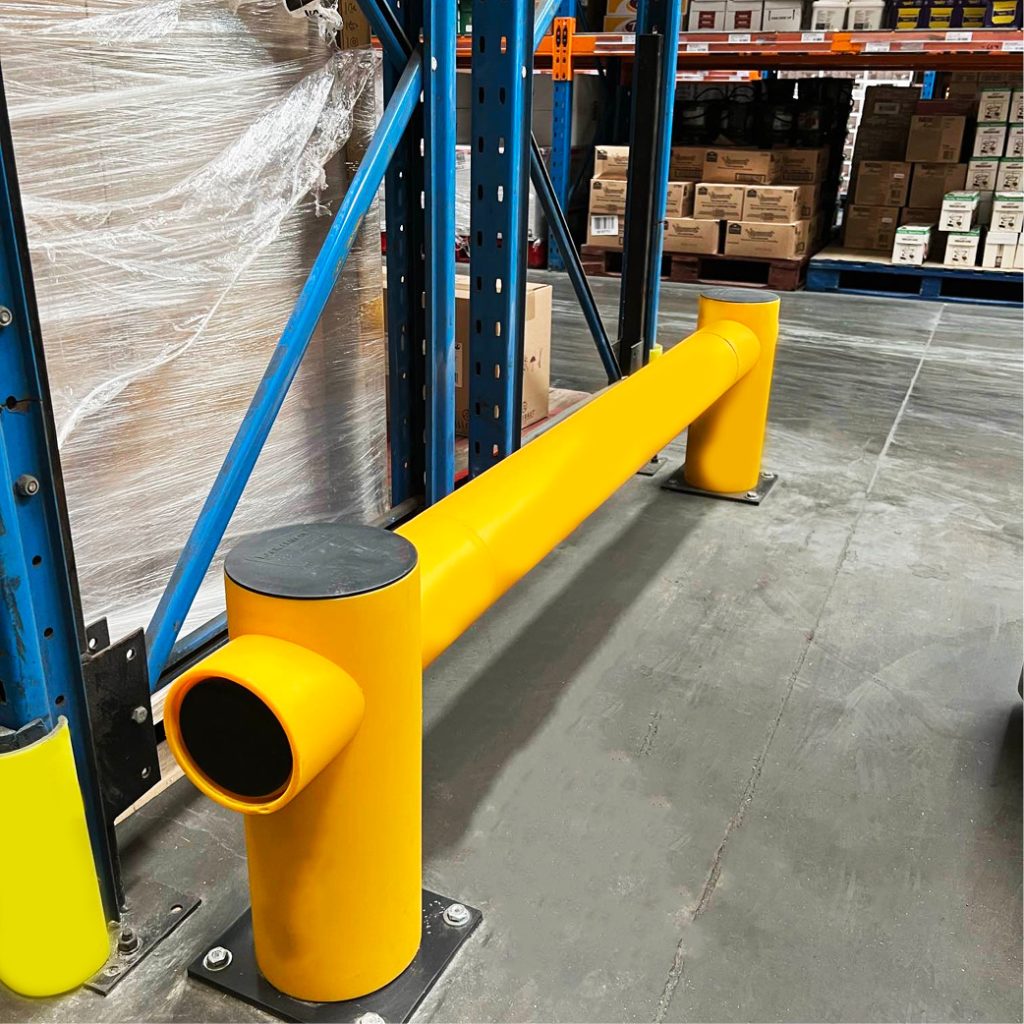
8. Construction (Design and Management) Regulations 2015 (CDM)
The Construction (Design and Management) Regulations 2015 (CDM) apply to a wide range of construction-related activities. This includes large-scale warehouse fit-outs, complex racking installations and, in some cases, even minor alterations or refurbishments.
Under CDM, warehouse operators and project stakeholders must:
- Appoint duty holders, such as a principal designer and principal contractor, to manage health and safety throughout the project
- Develop a construction phase plan that identifies risks and outlines control measures
- Consider health and safety at every stage, from the design and installation of racking systems to their ongoing use and maintenance
Even relatively straightforward racking installations may fall under CDM requirements, particularly when part of a new-build project or a significant refurbishment.
By complying with CDM, businesses ensure that safety is embedded from the outset and maintained throughout the project lifecycle.
9. HSG76 – Warehousing and Storage: A Guide to Health and Safety (HSE, 2007)
HSG76 is a detailed guidance document published by the Health and Safety Executive (HSE). Although not legislation, it is widely accepted as the industry benchmark for warehouse safety best practice. Insurers, auditors and health and safety inspectors regularly reference it when assessing compliance.
The guide outlines best practices for maintaining a safe and efficient storage environment. Key topics include:
- Correct racking layout, including aisle widths and pallet positioning
- Safe stacking techniques, pallet quality and load distribution
- Traffic management, particularly the safe interaction between forklifts and pedestrians
- Racking inspections, including damage classification (red, amber and green) and clear repair protocols
One of the most important recommendations in HSG76 is the appointment of a PRRS (Person Responsible for Racking Safety).
This designated individual should receive appropriate training and have the authority to:
- Oversee the condition and safety of racking systems
- Manage and document routine in-house inspections
- Ensure damaged racking is reported and addressed promptly
- Liaise with qualified professionals, such as SEMA Approved Racking Inspectors (SARIs), for annual expert inspections
Appointing a PRRS ensures clear accountability and supports proactive racking management. Many warehouse incidents occur because no one has been formally assigned to monitor racking safety. The PRRS role fills this gap and helps uphold a robust safety culture.
While HSG76 is not a legal requirement, failure to follow its guidance can be used as evidence of negligence in the event of an incident.
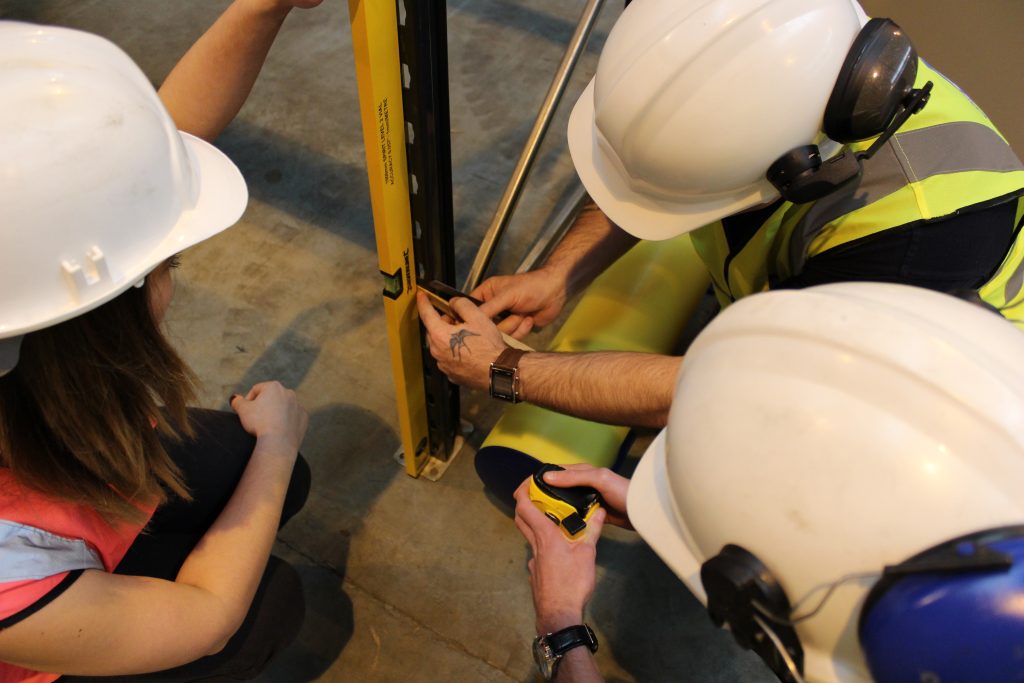
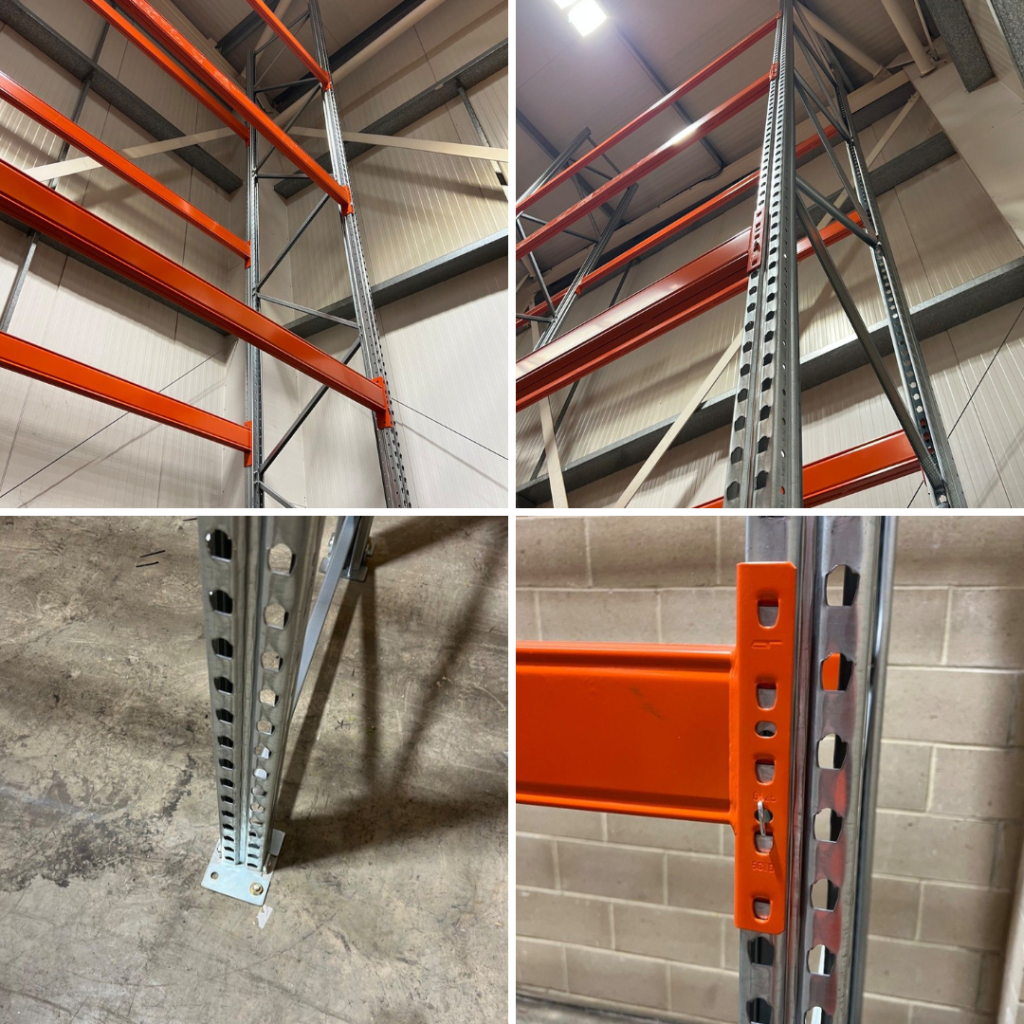
10. BS EN 15635:2008 – Steel Static Storage Systems: Application and Maintenance of Storage Equipment
BS EN 15635:2008 is the key British and European standard governing the safe use, inspection and maintenance of steel static storage systems, including pallet racking. It provides precise guidance to help warehouse operators manage racking safety throughout its lifecycle.
This standard outlines the responsibilities of both racking suppliers and system users. Key areas of focus include:
- User and supplier responsibilities, including correct installation and safe usage procedures
- Inspection routines, such as regular internal checks (daily or weekly) and expert inspections conducted annually by a qualified specialist
- Damage classification, using a colour-coded system: Green (monitor), Amber (schedule repair), and Red (immediately offload and isolate)
- Record-keeping protocols, including how to document inspections, assess damage and take corrective action
BS EN 15635 is widely recognised across the industry and forms the foundation of most professional racking inspection frameworks. Adhering to this standard not only supports legal compliance but also shows clear evidence of due diligence and proactive safety management.
By following BS EN 15635, warehouse operators can maintain a consistent, structured approach to racking safety that minimises risk and extends the operational life of their storage systems.
Additional Standards and Regulations to Be Aware Of
SEMA Codes of Practice
The Storage Equipment Manufacturers Association (SEMA) sets the standard for best practice in the design, installation, inspection and maintenance of racking systems across the UK.
SEMA's codes of practice are widely recognised and followed by manufacturers, installers and health and safety professionals. Key components include:
- The SEMA Code of Practice for the Use of Static Pallet Racking, which provides essential guidance on safe usage
- Clear instructions on beam placement, load signage, tolerances and installation procedures
- The SEMA Approved Racking Inspector (SARI) scheme, which certifies professionals to carry out expert racking inspections
Following SEMA guidance demonstrates a strong commitment to warehouse safety and regulatory compliance. It is frequently referenced by HSE inspectors and insurers as the industry benchmark for safe racking systems.
By adopting SEMA standards, warehouse operators can reduce risk, improve system longevity and ensure that all racking installations meet the highest safety expectations.
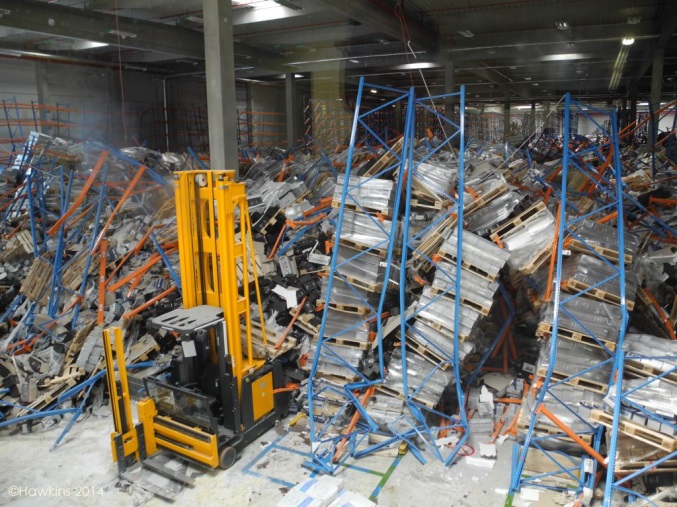
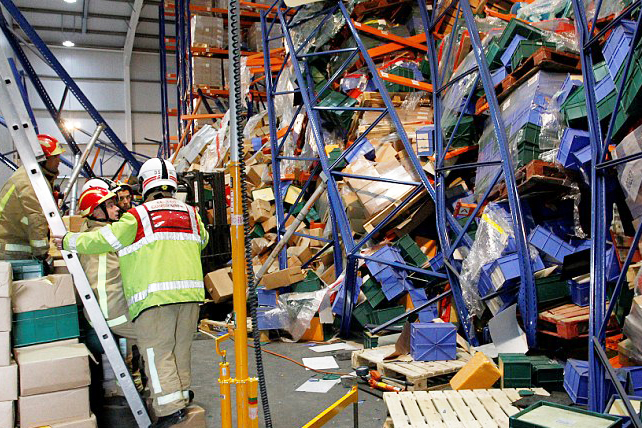
RIDDOR – Reporting of Injuries, Diseases and Dangerous Occurrences Regulations 2013
The Reporting of Injuries, Diseases and Dangerous Occurrences Regulations 2013 (RIDDOR) requires employers to report specific types of workplace incidents to the Health and Safety Executive (HSE). This legislation applies directly to warehouse environments where racking systems are in use.
Under RIDDOR, you must report any serious incident involving racking, including:
- Structural failures, such as a partial or full collapse of racking systems
- Dangerous occurrences, including falling loads or significant racking damage
- Injuries resulting in more than seven consecutive days off work
- Near-misses that had the potential to cause serious harm or death
Timely and accurate reporting is not only a legal requirement, it is also essential for identifying root causes and preventing future incidents.
By complying with RIDDOR, warehouse operators demonstrate accountability and strengthen their overall approach to health and safety management.
Related Systems That Reinforce Safety
Compliance is not achieved through policy alone. It requires the right physical systems to support safe working practices across your warehouse. That is where the wider IWS Group product range becomes essential.
We offer a comprehensive selection of safety solutions that work in harmony with your racking systems:
- Rack Armour® Upright Protectors: Absorb impacts and reduce racking damage by up to 80 percent, helping to protect your investment and extend the lifespan of your storage systems
- Pedestrian Safety Barriers (PAS 13 tested): Physically and visually separate material handling equipment (MHE) from foot traffic to reduce collision risks
- Floor Rail Bumpers: Prevent forklifts from entering pallet lanes or pedestrian zones, improving aisle safety and traffic control
- Safety Signage: Clearly mark risk areas and racking load capacities using magnetic labels, colour-coded markers or floor-mounted visuals
- Shelving Systems: Anco’s robust longspan shelving provides safe and accessible storage for non-palletised goods
- Bollards and Column Guards: Shield structural posts and high-risk zones from impact damage with flexible, highly visible protection
Together, these systems create a fully integrated, safety-first warehouse environment. This not only strengthens compliance but also improves operational efficiency, reduces risk and gives your team greater confidence in their working conditions.
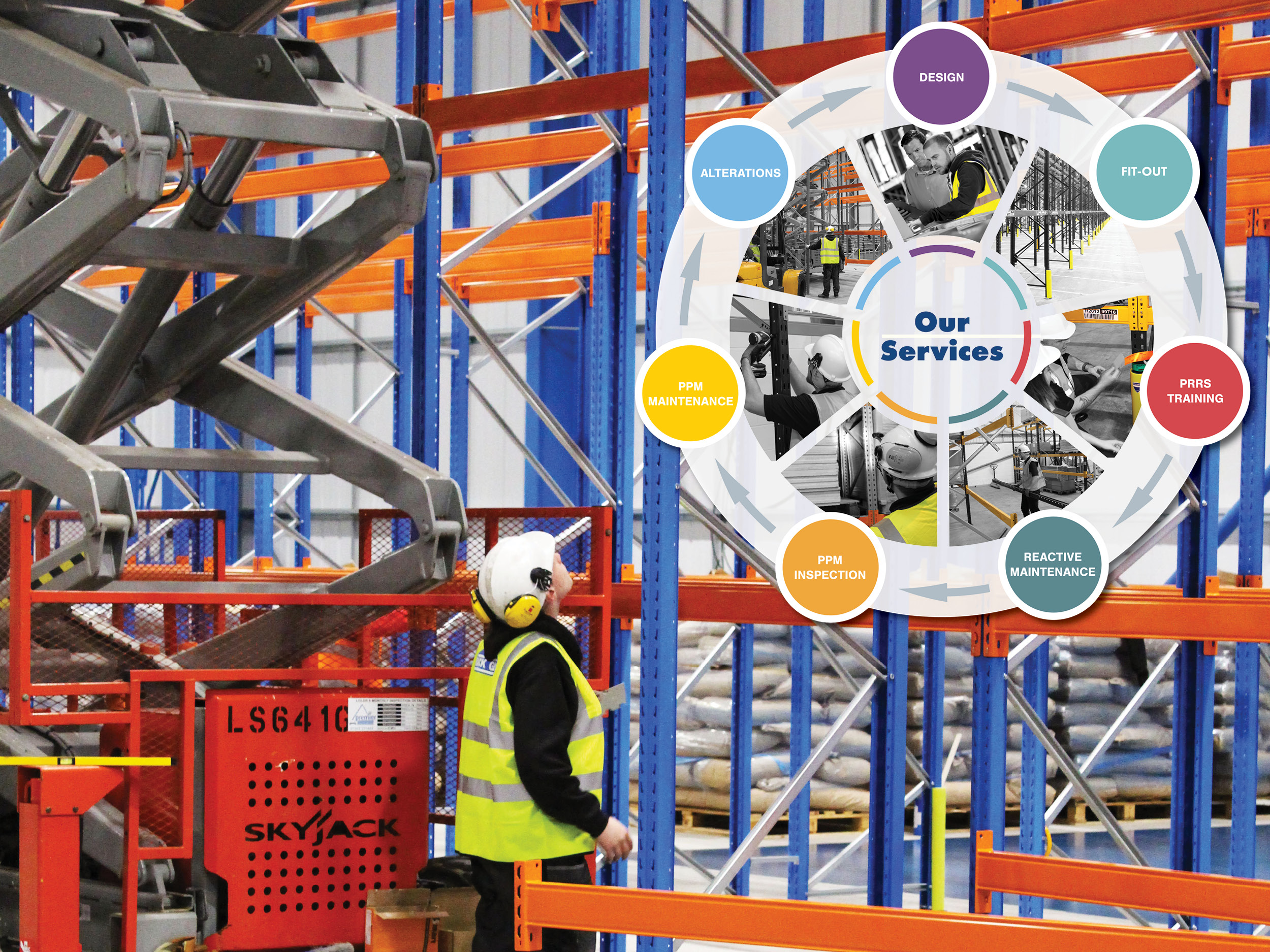
Inspections, Training and Aftercare from Rack Group
Understanding racking regulations is only the first step. The real challenge lies in ongoing compliance. That’s where Rack Group comes in - delivering expert inspections, tailored training, and proactive aftercare to keep your warehouse operations safe, compliant and efficient.
Our SEMA Approved Racking Inspectors (SARIs) carry out annual inspections with detailed reports that highlight actionable improvements. We also offer preventative maintenance contracts to help you spot and resolve issues before they escalate. For internal teams, our PUWER and SEMA-aligned training equips operatives to take on the role of PRRS (Person Responsible for Racking Safety), ensuring accountability is embedded into your operation.
To support day-to-day safety, we supply damage detection tools and best practice resources that align with HSE guidance and help maintain high standards across your site.
By partnering with Rack Group, you ensure that your racking systems are expertly maintained, risk is minimised, and system longevity is maximised — all while meeting regulatory expectations.
Final Thoughts: Build Compliance into Your Warehouse Culture
Safety is not a tick-box exercise. It’s an ongoing responsibility that must be embedded into your warehouse culture. Staying informed, investing in high-performance protection systems and ensuring your staff are trained to spot hazards early are key to reducing risk, protecting people and avoiding disruption.
At Rack Group, part of the IWS Group, we help create safer, smarter and more compliant warehouse environments. From racking inspections and impact protection to warehouse labelling and modular storage, we provide a full suite of solutions that support long-term operational resilience.
Discover More About Rack Group
Built on a foundation of safety, innovation and customer care, Rack Group is your trusted partner for managing the full lifecycle of your racking systems.
Our services include:
- Expert pallet racking inspections and design consultancy
- Racking maintenance, repairs and modifications
- Racking inspection training
- Impact protection systems and accessories
- Warehouse labelling and visual safety products
Whether you’re upgrading an existing system or planning a new facility, our solutions are designed to minimise risk, support compliance and keep your warehouse running smoothly.
Explore our services and product range to ensure your racking systems meet UK regulatory expectations. Visit our case studies to see how we have helped businesses prevent costly damage and enhance workplace safety. For expert advice or to get started, contact us today and discover how Rack Group can support your warehouse safety needs.

